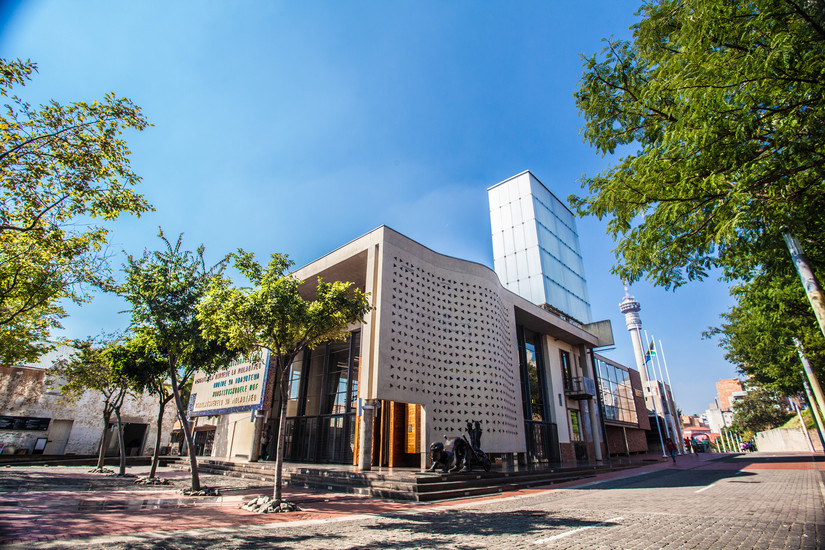Preserving the Past: Conservation in Modern Development Planning
In the world of modern development planning, the pressure to rapidly roll out new urban spaces is often intense. This can result in a clash between the need for progress and the desire to preserve places of historical and cultural significance. Urban landscapes evolve constantly, and infrastructure projects are commonly required to modify or add to existing infrastructure to accommodate this evolution. The importance of conserving historical and cultural heritage, despite the need for change, should not be overstated. Modern development planning must strike a balance between economic growth, the preservation of the past and ensuring that traditions, culture, and the important legacy of history are not sacrificed on the altar of progress.
The Importance of Conservation in Development Planning
The consideration of conservation in development planning is more than just a matter of nostalgia. Conservation is an essential element of sustainable urban development. Historical sites, landmarks, and cultural heritage sites contribute to the identity of a community and provide a sense of continuity and connection to the past. Preserving these elements fosters a sense of unique community character distinguishing one urban precinct from another, creating more vibrant and culturally diverse cities.
Good Development Planning Balances Progress and Preservation
An effective strategy in modern development planning is the concept of adaptive reuse. Adaptive reuse tries to avoid simply demolishing historic structures and replacing them with new facilities. It involves the creative repurposing of historical structures to meet contemporary needs. With clever and creative design and planning, historic buildings, factories and warehouses can be transformed into modern offices, residences and cultural spaces breathing new life into the old structures while preserving their historical essence and value. This approach preserves important elements of the past while contributing to sustainable development by reducing waste and minimising the environmental impact of new constructions.
Turn to Urban Planners Who Value Conservation
The Practice Group has a vastly experienced team and uses the latest digital tools available to the industry. We design urban spaces that promote healthy, liveable, and sustainable environments with creative solutions focused on the conservation of historical and cultural legacies. For leading-edge, customised solutions, contact The Practice Group.

